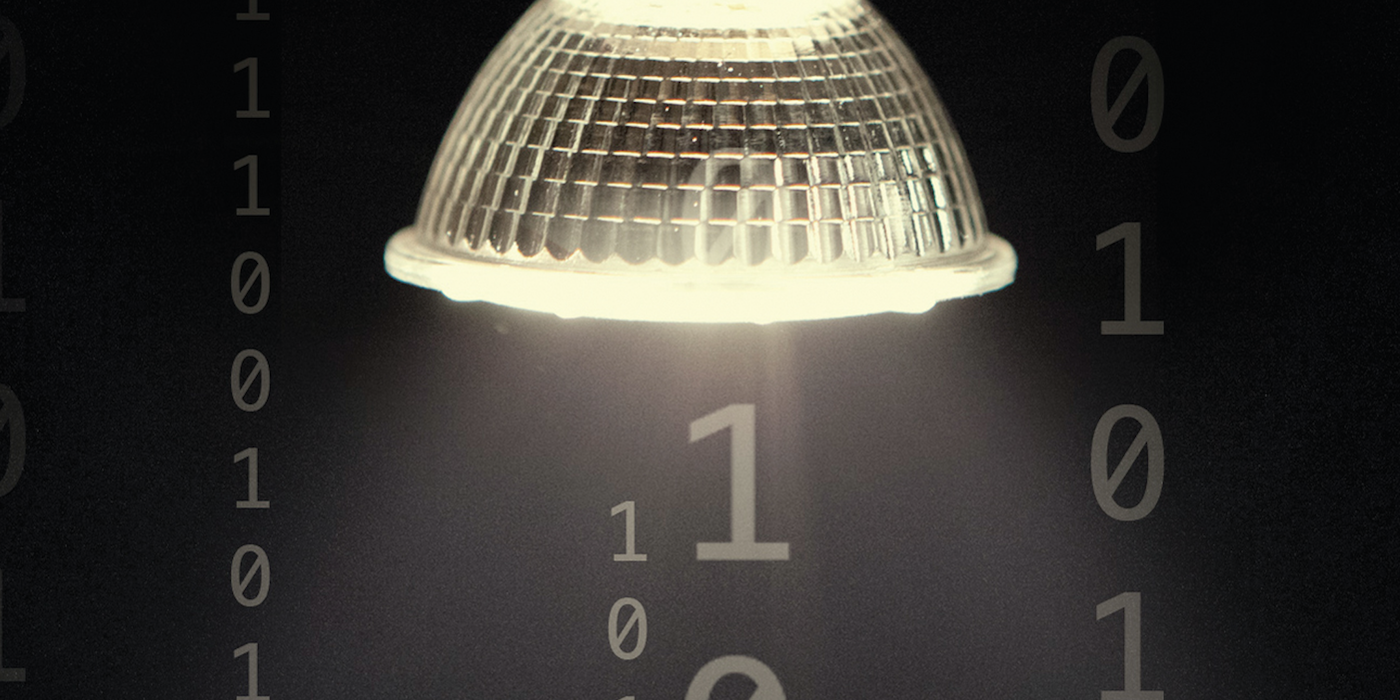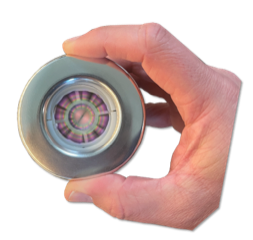Revolution.Aero Uplift: Spectrum Networks brings the benefits of light speed

exc-61bb7ca24dad47373d14b40b
When a new connectivity technology with potential to revolutionise private aviation knocks, you open the door and let the light in. Imagine a solution which could bring you faster browsing speeds, a sanitised cabin and a lighter aircraft. This is what Washington-based technology company, Spectrum Networks, is aiming to do.
Its range of products aims to harness light fidelity (LiFi) tech to cross the next frontier in wireless in-flight connectivity. Currently, Spectrum is working to launch their LiFi solution, which will not only make the aircraft lighter, but also provide cabin connectivity speeds of 2.5GB+ per second.
Spectrum CEO Jay McGrath and chief technology officer Alex King tell Revolution.Aero this is the future of lighting and wireless connectivity. McGrath has been working in cabin management and in-flight entertainment since 2001, while King brings experience from both MRO and supplier sides.
Although LiFi has been used elsewhere – such as LED-based LiFi – this application is particularly exciting for business aviation. Spectrum’s LiFi solution, which it will launch next summer, will be laser-based, offer increased speeds and higher security.
“Laser based LiFi offers such an incredible bandwidth that we are launching our product next summer at 2.5GB per second and that’s per light, additive,” McGrath explains. This means if there are 16 cabin lights with the technology onboard a Gulfstream aircraft, that’s 40GB per second of streaming in the cabin.
McGrath adds: “Also, if you put sensors into monitors, switch panels, media storage units, you can remove hundreds of pounds of weight and go completely wireless via a secure LiFi solution.”
Spectrum is also conscious of the aircraft downtime, design value, and compatibility of these lights in high-end bizjet interiors. McGrath says: “We cannot add any additional schedule to perform the install, especially if it is a revenue generating asset. Furthermore, we do not want to mess with the aesthetic. We need to keep the interior design whole.”
As expectations from streaming – uncompressed 4K, 8K, and Dolby Atmos encoded content – operators and OEMs realise the need for higher capability.
“The reality is that the radio frequency (RF) wireless spectrum, WiFi, is now in trouble. The FCC has issued a warning about a ‘spectrum crunch’. So, as you pile more devices onto the very small, fixed bandwidth that Wi-Fi occupies, it’s a flawed model. It’s going to break,” says McGrath.
However, LiFi can work in conjunction with WiFi, says King. In terms of infrastructure and incorporation into existing networks, LiFi works on the same protocols as WiFi.
Not to mention that WiFi works on the radio frequency (RF) spectrum, meaning a high RF signature which creates issues with aircraft systems is and security as well. “LiFi addresses all these things,” says McGrath.
There is also no limit to the speeds that could be achieved in the future. Spectrum’s partner Kyocera SLD is demonstrating 100GB per second early next year.
Spectrum Networks will not be able to control the speeds coming to the aircraft but will be compatible with existing satellite and terrestrial communications providers.
Spectrum’s Far-UVC lights are cylindrical can lights, which could either be non-visible or visible drop-in replacement lights.
Far-UVC lights: Keeping the cabin sanitised
When clients asked Spectrum what else they could offer, the company decided to create two Far-UVC products to sanitise aircraft cabins. Given the current climate and series of viral outbreaks in the past decade, McGrath said it was an obvious next step.
Essentially Spectrum’s Far-UVC lights are cylindrical can lights, which could either be non-visible or visible drop-in replacement lights.“And so, you take that same design and add a visible light element to it. And now it could be just like their regular light, but sanitise as well,”says King.
The existing technology to sanitise cabins is outdated. Excimer bulbs for example are glass, hot and heavy, says McGrath.“All things that you don’t want to mention when you’re talking about aircraft.”Not only this, King says what’s out there is also bulky and not intended for continuous air and surface sanitisation of occupied spaces.
As far as UV exposure is considered, McGrath says studies have found 30,000 hours of Far-UVC exposure is equivalent to 10 minutes of exposure to the sun’s rays. These will also not harm the soft goods and interiors of aircraft cabins.
So how would these be fitted into aircraft? Lights could be fitted when a fractional aircraft comes down for A or B checks to minimise downtime for example, says McGrath. For airlines, however, they will probably not replace every single light in the cabin. This means they might opt for the Far-UVC only, with no visible light, during a cabin modification cycle.
Spectrum is targeting the launch of certified product in 2022; Q1 for Far UV sanitisation and Q3 for the LiFi solution. Then, once a few operators and customers implement this, they expect to see a fleet-wide launch (possibly by a fractional operator) customer in early 2023. OEMs could move towards this later that year.
The company is currently working with Kyocera SLD, including the inventor of LiFi technology, Professor Harald Haas, for the LiFi and NS Nanotech on the UV side.
King says: “This technology finally enables a truly wireless cabin. I see this as the future of lighting and wireless connectivity. WiFi will stick around because there’s opportunity there. And as soon as LiFi gets fully implemented and ubiquitous it will ease the burden on the WiFi spectrum.”
Lastly, Spectrum is conscious of the sustainability benefit of LiFi. “There’s a power and energy consumption discussion with the power efficiencies of carrying your connectivity and lights over the same medium. And now that we’re taking hundreds of pounds of weight out of the cabin, that obviously helps us with the CO2 discussion.” Lower weight also means less fuel burn and extended range.
Spectrum is currently funded by its $5m Series A held earlier this year. It will look to raise more funding soon as the technology is adopted in private aviation, with potential to expand to adjacent markets including high-speed rail, maritime, retail and hospitality.
Watch our latest Town Hall here:










